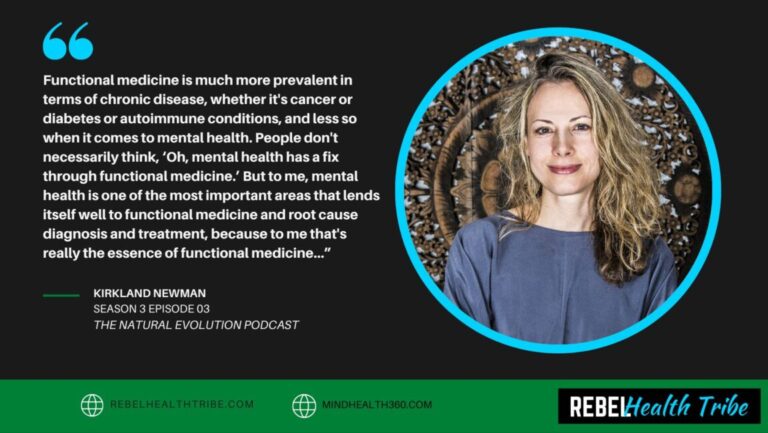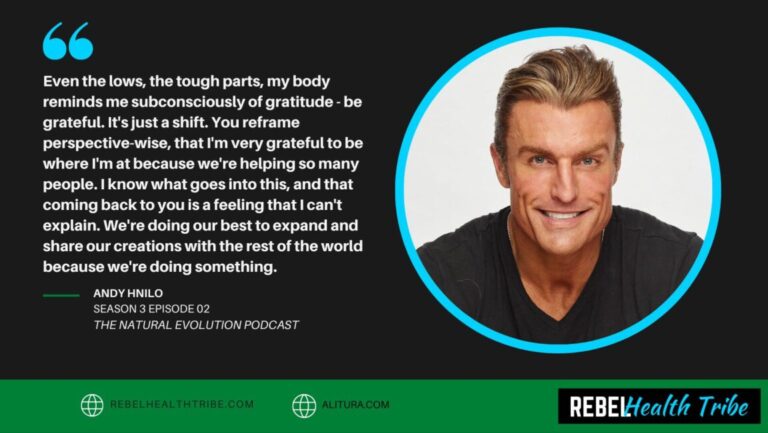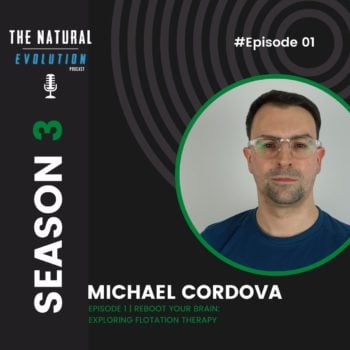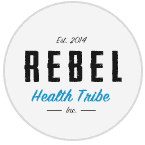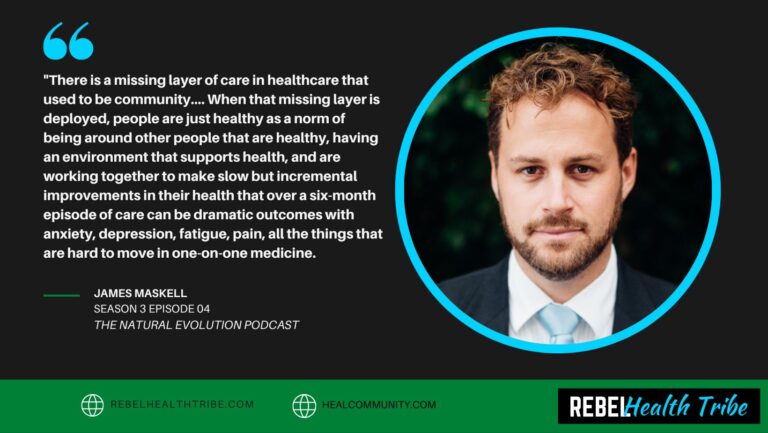
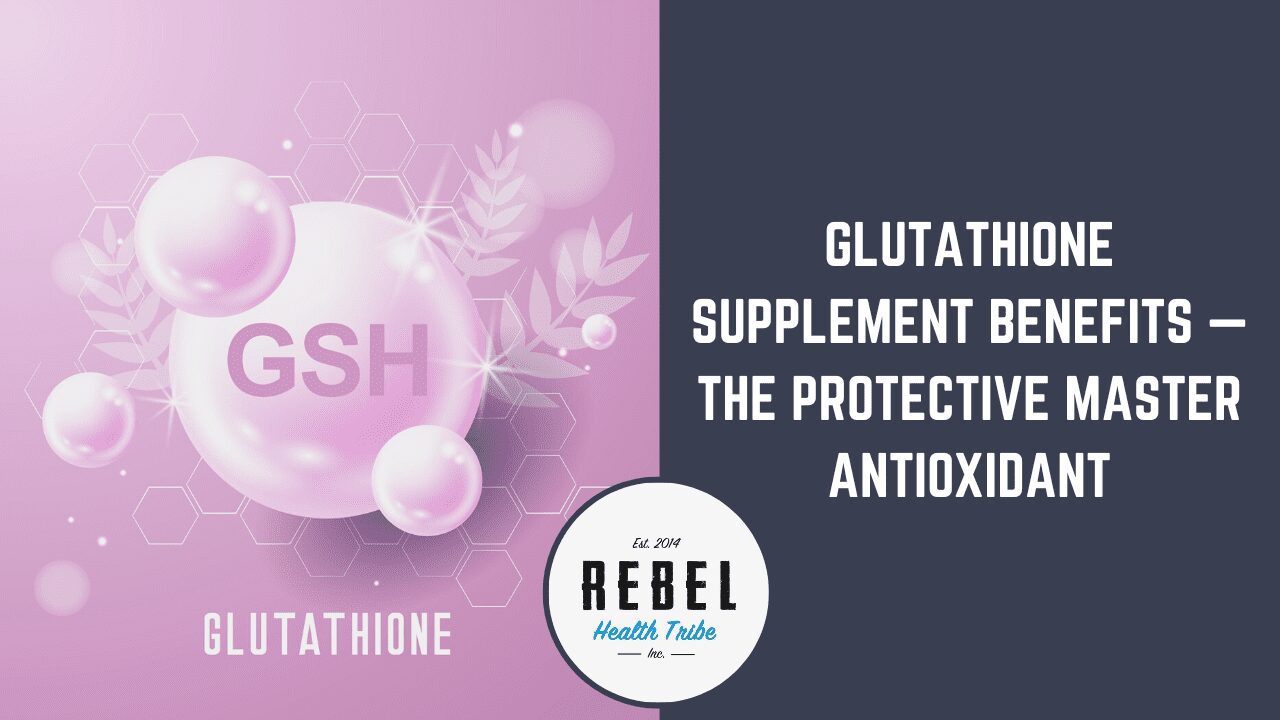
More Posts from
Toxicity & Detox Support
Sign Up & Receive the So You Think You Have Mold, Now What? PDF
Sign up with your name & email to receive the So You Think You Have Mold, Now What? PDF along with any future updates, content, and mold-related offers from RHT & Cathy Cooke!
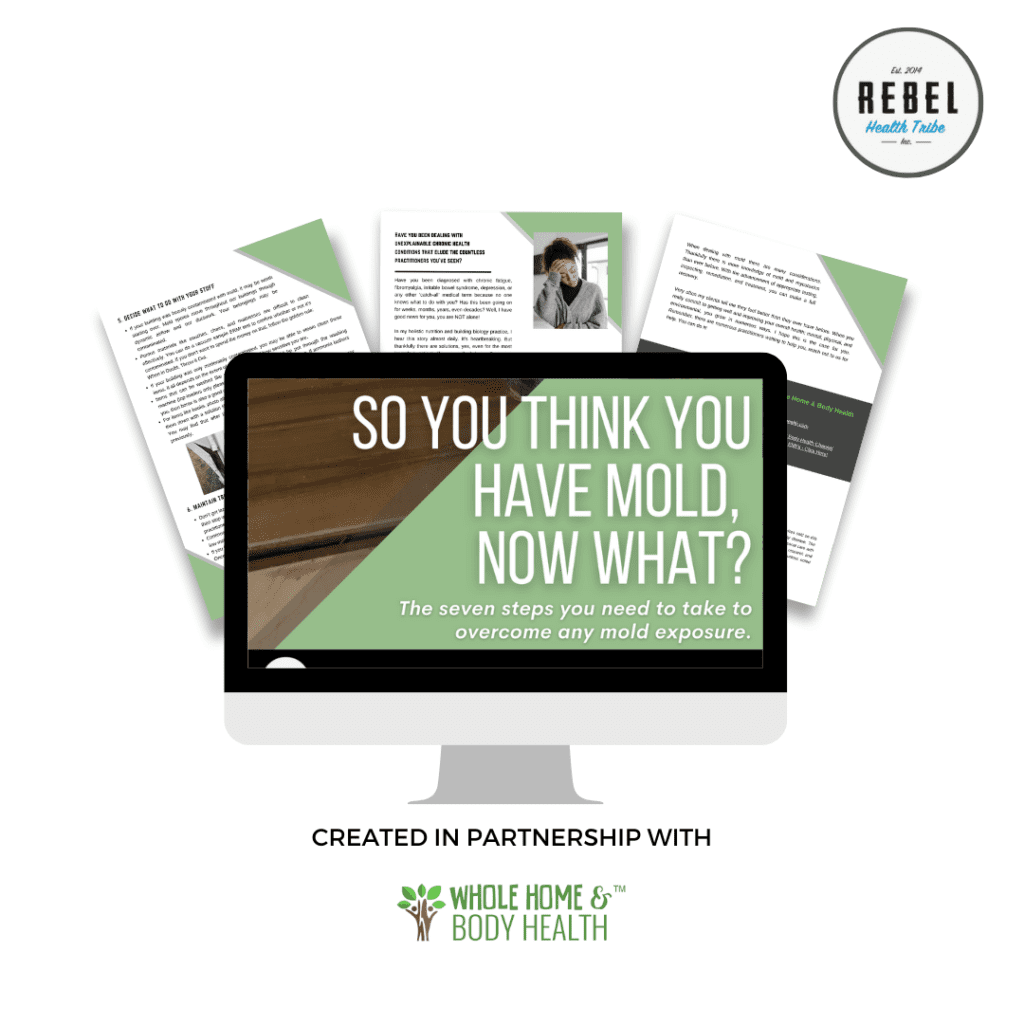
Glutathione Supplement Benefits — The Protective Master Antioxidant
By now, most of us have heard the word “antioxidant” so much that it has totally lost its meaning. Food labels, even for sugary smoothies, proudly proclaim “Contains antioxidants!” and “but it has antioxidants” is used to justify overindulging in all of our favorite foods and drinks: red wine, dark chocolate, etc.
But really, what’s the benefit of antioxidants? The term may be overused, but they actually provide huge health benefits and play a key role in our health.
Today, we’re going to take a closer look at one antioxidant in particular: glutathione. Known as “the master antioxidant,” it is the most abundant antioxidant in the body and is a critical player in natural detoxification processes. Glutathione imbalances have also been linked to several health issues.
In this article, we’ll review:
- What glutathione is,
- What glutathione does in the body,
- How it’s produced and the various reactions it’s involved in,
- What depletes our glutathione levels,
- How to get glutathione from food,
- How to absorb glutathione from supplements and how glutathione is best absorbed, along with some important considerations for supplementation,
- And natural strategies to boost your glutathione levels.
Glutathione, the Master Antioxidant
Glutathione is a peptide that’s naturally produced in the body in the cytosol of the cells, or the intracellular fluid. Its primary role is as an antioxidant. [1]
But first — what are antioxidants and what do antioxidants do? The simplest way to explain antioxidants is that they can donate an electron to unstable compounds (sometimes called free radicals) in order to stabilize them, and prevent them from causing oxidative damage to your cells. Hence the name “antioxidants.” Antioxidant pathways and processes are much more lengthy and complex than this, but this is their role in a nutshell.
Known as “the master antioxidant,” glutathione is the most abundant antioxidant in the body and is a critical player in natural detoxification processes.
What’s unique about glutathione is its prevalence. You can find it in nearly all cells, and in all parts of those cells. It can also travel in and out of the cell and through extracellular spaces. In fact, it’s present in cells in similar amounts to the vitally important compounds glucose, potassium, and cholesterol. [2]
Thus, glutathione appears to be essential for life in humans, animals and plants. Research has shown that reproduction doesn’t happen in mice or plants if there’s no glutathione production. [3]
What Does Glutathione Do in the Body?
Glutathione benefits the body in several ways. What makes it essential for life is that it is necessary for the formation of iron-sulfur clusters, which are used in energy production and needed for catalyzing several biological reactions. It also functions as reserve storage of the amino acid cysteine, which the body doesn’t naturally store in large quantities [3, 4, 5]
However, for the purposes of this post, we’re most interested in the benefits of glutathione as an antioxidant and detoxifying agent. It’s an important part of redox reactions, which are key for detoxification and neutralizing reactive oxygen species. [5]

Glutathione and the Redox Reaction
Remember how antioxidants can donate an electron to free radical molecules? That transfer of electrons is a redox reaction.
Redox reactions drive a large number of body processes, including the electron transport chain — which produces the adenosine triphosphate (ATP) that the body consumes for energy.
Of course, these redox reactions are also important for neutralizing unstable compounds that cause oxidative stress.
If you’re familiar with the three phases of detoxification (functionalization, conjugation, and elimination), you may recognize glutathione’s role in the first two. After toxins and toxicants are functionalized, glutathione redox reactions neutralize them to render them harmless. Additionally, it is involved in phase II conjugation — which makes various activated forms of toxins and toxicants water soluble so they can be excreted. [2]
Likewise, it helps the body to regenerate the antioxidant vitamins C and E, and serves as a cofactor for other antioxidant enzymes. [2]
In addition to these detox functions, it can directly transport mercury from the cells and neutralize several persistent organic pollutants (POPs). [2]
Glutathione Production in the Body
Glutathione is synthesized in the body from glutamate, cysteine, and glycine. The reactions necessary for glutathione production in the body are ATP-dependent, meaning that they consume energy. [3]
This resulting glutathione is in its reduced form, and is often referred to as GSH. Once it has donated an electron, it becomes oxidized glutathione (GSSG). [2, 3]
Once it oxidizes, glutathione is considered depleted because it is no longer usable. Therefore, GSH, or reduced glutathione, is the form that is included in glutathione supplements and the form that we reference throughout the remainder of this article.
What Depletes Glutathione?
With its various key functions and the high levels found in optimally functioning cells, it should come as no surprise that depleted glutathione levels are related to a number of health issues.
In fact, low levels of GSH trigger apoptosis, or cell death, and have been linked to a variety of brain disorders, respiratory diseases, autoimmune disorders, cardiometabolic diseases, and liver problems. The depletion of GSH has also been linked to the aging process itself, as one small study from the 1990s found that healthier older adults had higher levels of glutathione than those with poorer health. [2, 6]
One of the key depleters of glutathione is a high toxic load, which can be remedied by reducing your toxic load. A higher toxic load commands a higher glutathione utilization, but glutathione production can be limited by your levels of the amino acids necessary to produce it — as well as several other factors. It’s not infinitely renewable if you don’t have the raw materials your body needs to make it. This means that, although strategies to increase your glutathione levels can be important, reducing your exposure to toxic compounds that require detoxification has a much larger influence on your glutathione availability.
The two best ways to reduce your toxic load are to limit alcohol consumption and to reduce consumption of POPs by choosing organically-grown, non-genetically modified foods. [2]
For dozens of more tips, suggestions, recommendations, and ideas to reduce your toxic burden, we highly recommend you grab a copy of our Clean Living Guide PDF. It’s loaded with invaluable information you can implement right away!
Glutathione in Food
Is glutathione in food? There are actually several foods that may help to support glutathione production.
The first is whey protein. High quality whey protein isolates are fairly inexpensive, and studies have shown that 40-45 grams per day can help significantly increase glutathione levels. [7]
Likewise, the omega-3 fatty acids found in salmon may help increase glutathione levels — although the study noting this was done in pregnant women, so it may not be applicable to the larger population. [7]
There are also several foods that are naturally high in glutathione and glutathione-precursors like N-acetyl cysteine and cysteine. These include avocado, cucumber, spinach, green beans, asparagus, and other green vegetables. Additionally, any cruciferous veggies will contain sulfur-based amino acids, which are necessary for glutathione production. These include cabbage, broccoli, cauliflower, and Brussels sprouts. [7, 8]
Research also shows that various fruit and vegetable-rich diets — including the moderate-fat Mediterranean diet and the low-fat DASH diet — have been linked to increased glutathione levels. However, low-protein vegan diets were associated with lower GSH levels than omnivorous diets and lacto-ovo-vegetarian diets. [8]
However, if a vegan diet is well constructed it is possible to get enough protein as long as enough plant proteins are included. The inclusion of healthy sources of animal protein appears to be important especially in older populations.
To limit exposure to POPs, choose meats that are organic, pasture-raised, grass-fed, or wild caught — essentially, purchase the highest quality meat you’re able to.
Glutathione Supplementation
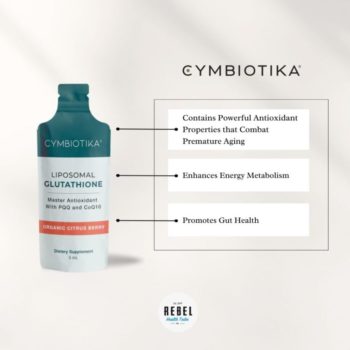
If you’ve cleaned up your environment and your diet, and incorporated glutathione-supportive foods, you may then choose to supplement with glutathione.
Glutathione supplementation can be beneficial, but again — it’s key to reduce your exposure to toxic compounds before or at the same time as you begin supplementing.
When choosing to supplement, it’s important to understand which types of glutathione are the most effective.
Research shows that most oral glutathione supplements break down in the stomach before the glutathione is able to be absorbed into the bloodstream, resulting in little benefit. For this reason, glutathione patches, injections, or nebulizers may be a better choice. [9]
If you’d still prefer an oral supplement, choose a liposomal formulation. Liposomal supplements are designed to promote enhanced glutathione digestion and absorption, protecting the ingredients against the acidic stomach environment. [10]
If you are considering glutathione supplementation, we recommend Liposomal Glutathione from Cymbiotika. It is incredibly pure with high bioavailability, and the formula also includes some powerful synergistic ingredients.
Glutathione Digestion and Genetics
One more thing to consider in regards to digestion and absorption of glutathione supplements is your genetics. Due to gene mutations, some people may not respond well to supplementation — no matter the dose of glutathione. If you find that you don’t respond well to glutathione supplementation, consider some of the other suggestions at the bottom of this article. [11]
We will be exploring this in much greater depth in upcoming webinars and training with nutrigenomics expert, Jaclyn Downs… so keep an eye out!
NAC as a Precursor to Glutathione
N-acetyl cysteine (NAC) is a powerful antioxidant that provides numerous benefits on its own, but it can also be used to produce glutathione. The same is true for cysteine.
With NAC as a precursor to glutathione, it can play double-duty in supplements — providing antioxidant benefits and promoting glutathione production. [12]
These two ingredients are included in our favorite glutathione supplement, Cymbiotika Glutathione Complex, along with glutathione in its reduced form.
How to increase glutathione naturally

Here are the three key ways to increase your glutathione stores naturally:
- Reduce your toxic load. This is the best thing you can do for your health and for your body’s glutathione production. The less detoxing it has to do, the less it will need specifically for detox — meaning more glutathione will be available for its many other functions in the body. Start with the basics, like reducing how much alcohol you drink, cutting out processed food, and swapping conventional produce choices for organic.
It’s also a really great idea to switch out conventionally raised meats for free-range, grass-fed, or organic options if you’re able to. From there, you may want to start assessing your cleaning products and personal care items with a critical eye — many of them are loaded with toxicants that can increase your toxic load. For help getting started, be sure to download our free Clean Living Guide. - Eat a healthy, glutathione-supporting diet. As we discussed above, high-quality animal protein and whey protein powder may be helpful for increasing glutathione production. Additionally, green vegetables, cruciferous vegetables, and omega-3 rich foods may support glutathione production as well. Avoid processed foods as much as possible, though, as these foods are most likely to increase your exposure to POPs.
- Take glutathione and related supplements. We have a few recommendations for products that support your body’s glutathione production and detox capabilities. First, we like the Cymbiotika Glutathione Complex, a high-quality liposomal glutathione formulation. Consider TUDCA, a bile enzyme from bears, as well — studies have shown that it may help increase glutathione levels, and it’s good general detox support as well.
Our preferred TUDCA is CellCore Advanced TUDCA. Additionally, we recommend BioImmersion Glucosinolates & Sulforaphanes — it contains extracts from broccoli sprouts that help increase glutathione levels. Additionally, other antioxidants — like alpha-lipoic acid — may help decrease oxidative stress, thereby increasing usable glutathione levels. Finally, for a high-quality supplement for overall detox support, we like EcoNugenics EcoDetox Comprehensive Formula — it contains glutathione precursors cysteine and N-acetyl cysteine. [12, 13] - Meditate. One 2008 study found that practitioners of Sudarshan Kriya, a yogic breathing technique, were more relaxed and had higher blood antioxidant levels — including higher glutathione levels — than a healthy control group that didn’t meditate or exercise. If meditation isn’t your cup of tea, try some other strategies to help reduce stress, like exercise, massage, Heartmath, or gratitude journaling. [15]
Takeaway
Unexplained health issues? It might be a glutathione issue, especially if you have a high toxic load from a diet high in alcohol or conventionally-grown foods. Glutathione is “the master antioxidant” for detoxification, but it can quickly become depleted if your lifestyle is high in environmental toxicants.
To support glutathione production, be sure to consume a healthy, high-quality diet containing animal protein and a variety of green vegetables. Additionally, glutathione and related supplements may help as well. We like Cymbiotika’s Glutathione Complex — which contains a blend of reduced glutathione (GSH), glutathione precursors, and other antioxidants to support glutathione production and detoxification.
However, the most important thing you can do for your glutathione levels is to reduce your exposure to toxicants. The best glutathione dose for detox is a lower dose of toxic compounds. You can learn more about this by downloading our free Clean Living Guide.
Sign Up & Receive the So You Think You Have Mold, Now What? PDF
Sign up with your name & email to receive the So You Think You Have Mold, Now What? PDF along with any future updates, content, and mold-related offers from RHT & Cathy Cooke!

Toxicity & Detox Support Products
Get Social
Recent Podcasts
Recent Courses
Build Your Resilient Gut
An Exclusive Course with 10 Years of Microbiome
Kiran’s Professional Training Vault
If you’ve ever wanted all of Kiran’s best
Toxicity & Detoxification Masterclass 2024
The toxicity and Detoxification Masterclass covers a wide
Brain & Nervous System Masterclass 2024
19 Leading Experts Share Cutting-Edge Science, Effective Practices,
Autoimmune Masterclass 2024
Autoimmune Masterclass brings together 17 of the world’s
Get the RHT Newsletter
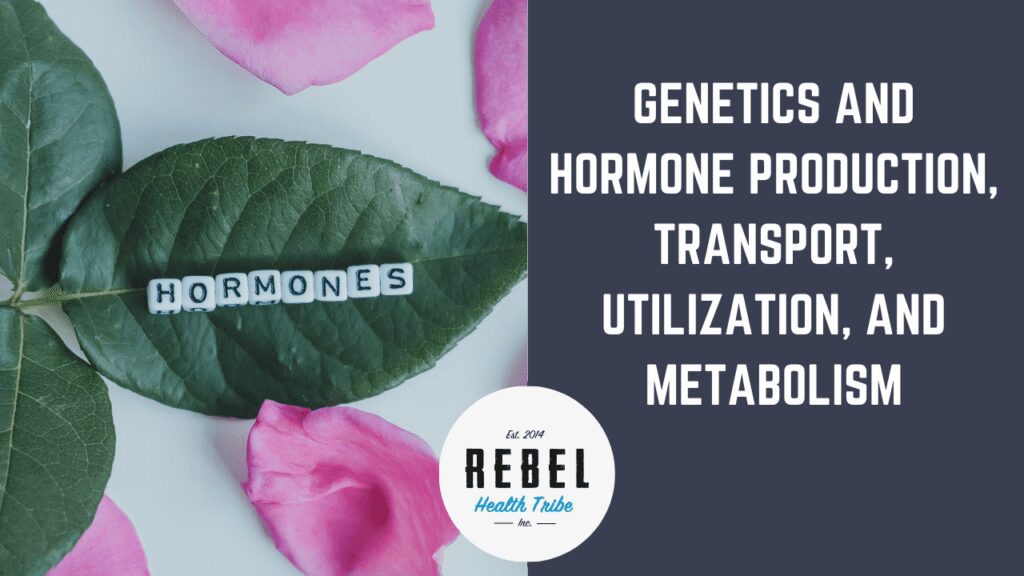
Genetics and Hormone Production, Transport, Utilization, and Metabolism
Our genetics play a larger role in our hormones than most people think. Obviously, diet, lifestyle, and environment are the
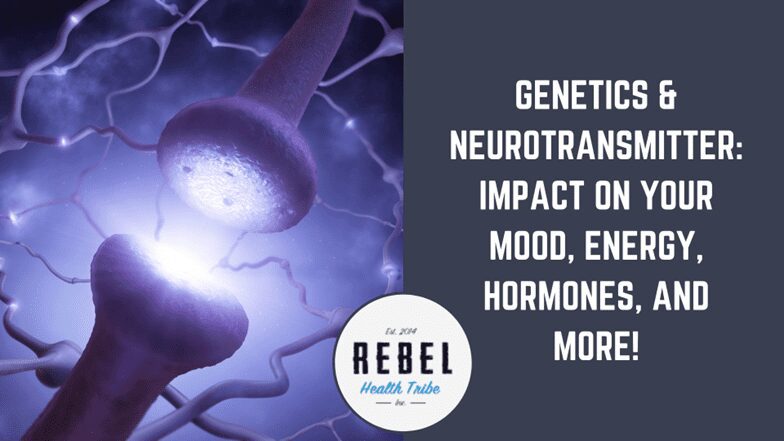
Genetics & Neurotransmitters: Impact on Your Mood, Energy, Hormones, and More!
Have you wondered why an antidepressant didn’t work for you? Have you ever wondered where your anxiety is coming from
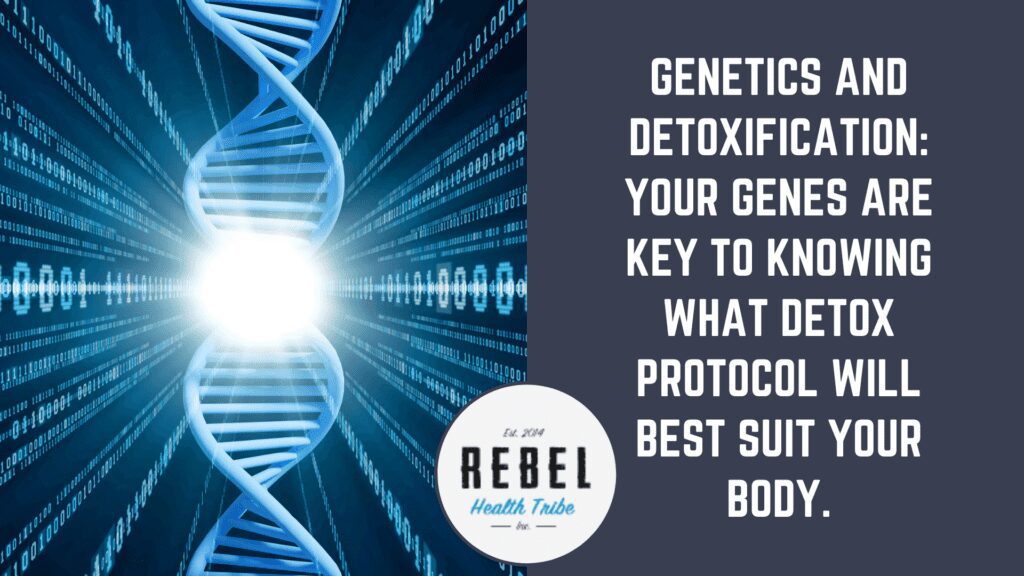
Genetics and Detoxification: Your genes are key to knowing what detox protocol will best suit your body.
https://vimeo.com/821487331 If you’ve ever bought a detox kit off a shelf or felt considerably worse while doing a detox,
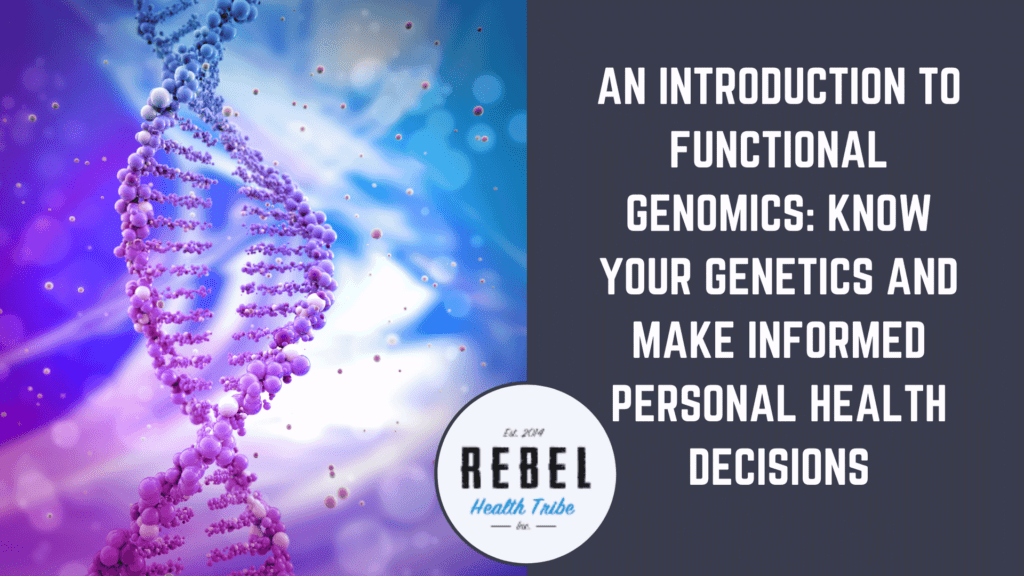
An Introduction to Functional Genomics: Know Your Genetics and Make Informed Personal Health Decisions
https://vimeo.com/821487068 The desire to know how your genes are affecting your health is rapidly growing. Many people are getting genetic

